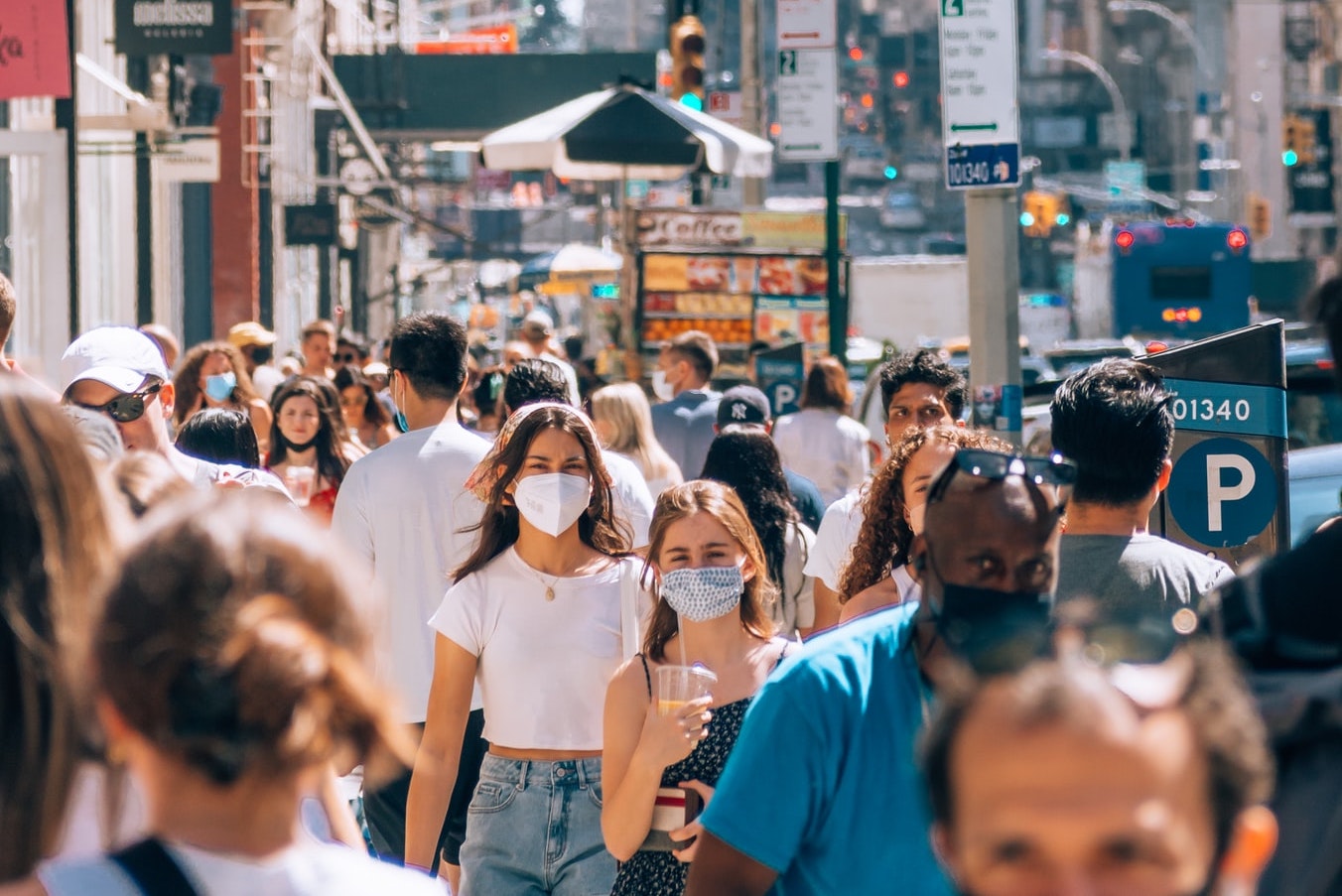Objective:
Australia implemented a travel ban on China on February 1st 2020, while COVID-19 was largely localised to China. We modelled three scenarios to test the impact of travel bans on epidemic control. Scenario one was no ban, scenario two and three were the current ban followed by a full or partial lifting (allow over 100 000 university students to enter Australia, but not tourists) from the 8th of March 2020.
Findings:
The modelled epidemic with the full ban fitted the observed incidence of cases well, predicting 57 cases on March 6th in Australia, compared to 66 observed on this date, however we did not account for imported cases from other countries. The modelled impact without a travel ban results in more than 2000 cases and about 400 deaths, if the epidemic remained localised to China and no importations from other countries occurred. The full travel ban reduced cases by about 86%, while the impact of a partial lifting of the ban is minimal, and may be a policy option.
Travel restrictions were highly effective for containing the COVID-19 epidemic in Australia during the epidemic peak in China and averted a much larger epidemic at a time when COVID-19 was largely localised to China. This research demonstrates the effectiveness of travel bans applied to countries with high disease incidence. This research can inform decisions on placing or lifting travel bans as a control measure for the COVID-19 epidemic.
View paper

